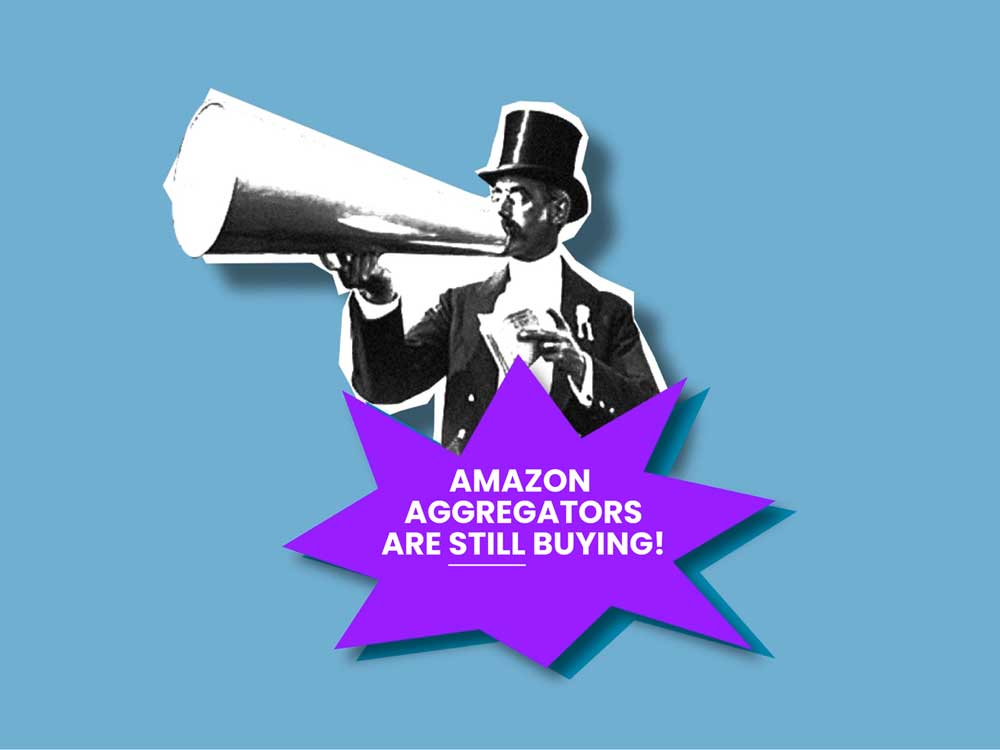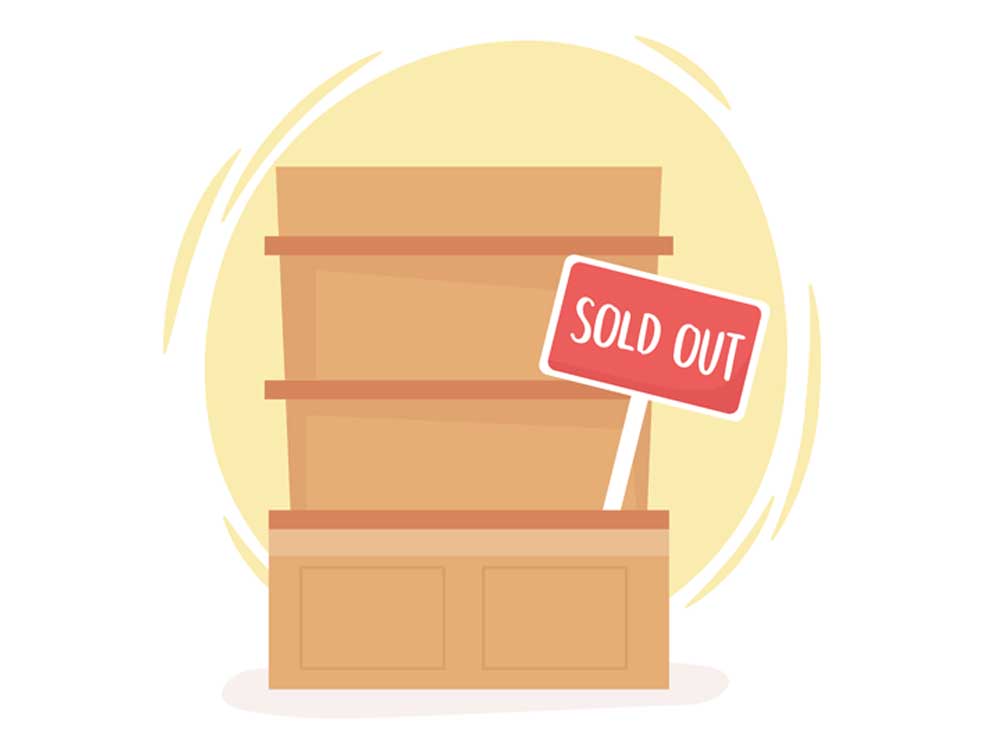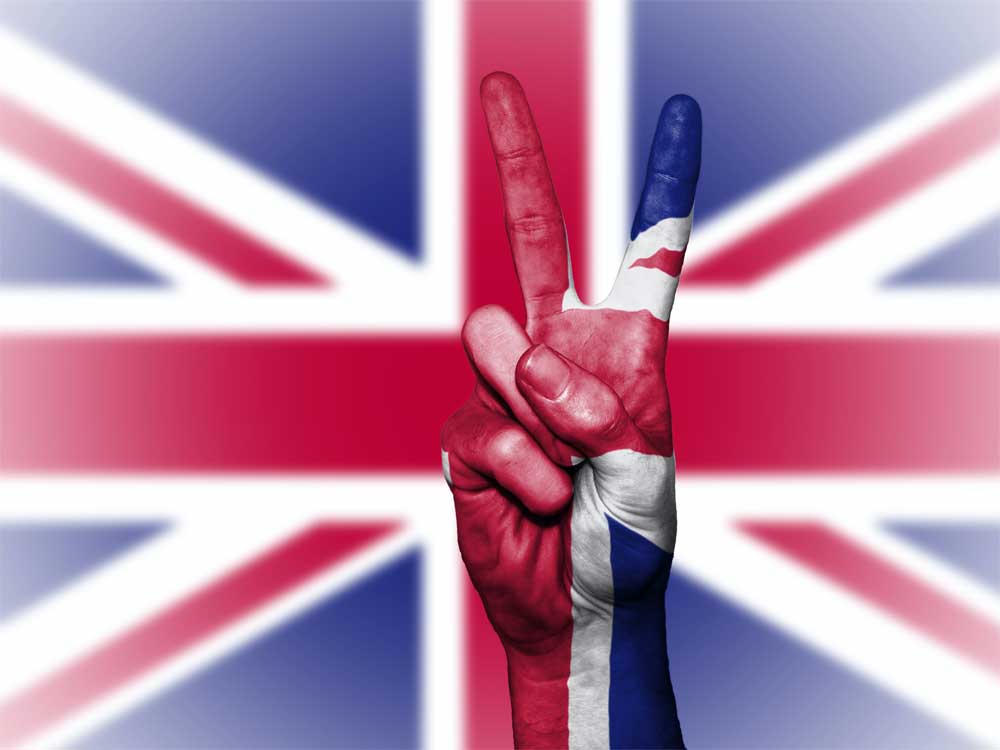Over the past couple of weeks, Richard and I have spent time at the sharp end of some of the biggest transactions we have seen to date.
It’s been fascinating to observe the due diligence on these deals which, unsurprisingly, has been more involved than usual.
This leads me to the purpose of today’s blog post.
You see:
Whilst the vast majority of sellers obsess over their bottom-line exit valuation, very few focus on the legal and compliance side of selling their Amazon business.
The latter, we would argue, is infinitely more important.
And so, after six months of in-house blogs and industry updates from yours truly, we decided to mix things up this week.
Step forward, Paul Rafelson.
Paul’s practice, Rafelson Law PLLC, has facilitated the sale of more than 60 Amazon businesses. He is also well-known in the FBA community for his sterling work on Sales Tax, IP disputes, and suspensions.
In other words:
It’s fair to say that Mr Rafelson knows a thing or two about the legal side of selling your Amazon businesses.
So if you are considering an exit in 2022, I would strongly encourage you to read on.
Take it away, Paul.
The Anatomy of A Business Sale
By Paul Rafelson
So you’ve made the monumental decision as an Amazon FBA seller to sell your private label brand. Congratulations are in order because the blood, sweat, and tears that went into scaling your ecom empire were no small feat.
Unfortunately, too many Amazon sellers don’t understand the magnitude of what a sale actually entails. Often the exit of an Amazon FBA business can be riddled with confusion, entail arduous contracts, and result in bad deals that have long-term consequences.
Selling your private label business comes with a heavy assignment. Understand the process, understand the requirements, and understand the legal hygiene required to make your sale as smooth as possible to live out your dreams successfully with far less headache.
In this article, I’ll outline some examples of the challenges that come along with selling your business. And some examples of the key legal hygiene required to sell your Amazon business with confidence.
What Does the Asset Purchase Agreement Have to Do with the Sale of Your Amazon FBA Business?
In a nutshell? Everything. Selling your FBA business is not like selling your car.
While some of you reading this article are shaking your heads in agreement, the truth is most sellers either don’t know what to expect. Or mistakenly believe this process is similar to other personal transactions.
Hence why we say an Amazon FBA exit is not like the ease of selling your vehicle, or just a little more stressful, the sale of your house.
The truth is, the sale of an Amazon business is extensive. The process of selling your Amazon business entails a series of (legal) documents. Including the bible of all documents in most deals called the asset purchase agreement.
The asset purchase agreement is essentially the roadmap of the deal and lays out the terms of the deal, establishes the level of risk each party will maintain and determines how the assets of the business will be transferred to the buyer.
Typically the asset purchase agreement begins with a recital of the parties involved, the buyer, seller and sometimes the owner of the company. The agreement serves as a roadmap for the mechanics of the sale transaction.
From there, the asset purchase agreement dives into a series of sections outlining the terms of the deal, including what’s being sold, what’s being excluded, how much is being paid, and what the process for closing will be.
What Are Representations & Warranties And Why Are They Important?
After laying out the basics, as described above, the asset purchase agreement will typically move into what is known as the representations and warranties.
Representations are warranties is a fancy term for promises that both parties make to the other party. The Buyer’s list of representations and warranties is usually much shorter and isn’t as risky as the Seller’s list. The Seller’s list of “promises” relates to the actual business being sold, and more often than not, the Seller doesn’t know if what they’re “promising” is true.
For example, you might rep and warrant that you are the true owner of the business and have all authorization required to enter into the transaction.
See how that is essentially a promise?
If your promise turns out not to be true, you have a problem, you are in breach of contract, and the buyer can sue to recover damages, losses, etc.
By now, you can see why this is important. Imagine, for example, if you were buying your neighbor’s house.
This person has been your neighbor for 10 years, they are moving to Puerto Rico to save on taxes, and you want to buy it. You presume that because your neighbor has been living there that they have the right to sell the house to you.
But what if, on closing day, your neighbor was unwilling to promise that she actually had title to the house that you were going to buy?
Would you feel comfortable buying it knowing that your neighbor could have been a squatter all this time? Of course not; that’s why each party’s ability to make these promises are important.
Now, while a fundamental promise like that is apparent, what other promises are you being asked to make when you exit your FBA business?
Well, pretty common ones include a promise that you comply with all laws.
Now you might be thinking, “I run a tight ship,” “I’m a law-abiding person, always following the rules,” and “I have no problem making that promise.”
But what if you don’t actually know all of the laws?
What is Compliance, and Why Is it Vital to The Exit of Your FBA Business?
Maintaining compliance with laws applicable to the business is essential to the exit of your Amazon business, and ensuring that you meet these requirements from the time you start selling to when you exit is paramount. It’s almost impossible for any seller (or lawyer for that matter) to know if their business has been 100% compliant with every law applicable to them. For example, how would a seller know if they complied with every environmental law of every city, state, or country that they have conducted business in?.
You’d be surprised just how many sellers don’t meet regulatory compliance and the sticky situations that can ensue mid-deal from not maintaining compliance from conception.
Many product categories like supplements and electronics operate with stringent regulatory compliances to ensure the health and safety of customers. But, compliance with all laws in the context of an international e-commerce business is a very different concept than compliance with all laws when you run a local pizzeria.
Like we said, if not careful can turn a sale upside down.
When it comes to selling an e-commerce business, we need to consider all laws, federal, state, local, international; basically, anywhere you operate as an e-commerce business.
That’s pretty overwhelming, but fortunately, there are ways to mitigate the risk by looking at the products you sell and the requirements applicable to your business ahead of time and ensuring compliance with those requirements before going to market to sell your business.
For example, if you sell products marketed to kids, you may have specific Consumer Product Safety testing requirements; make sure you are compliant before going to market.
Certain products that go in or on the body may have to be made to specific Food and Drug Administration standards or requirements that the products are made in certified labs; same know your compliance before going to market. Knowing your product, market, and core compliance obligations is crucial.
What Other Types Of Compliance Are Crucial To Your Sale?
The first that comes to mind here is compliance with all of Amazon’s terms of service. Did you use a review service that was a violation of TOS? Are there other things you did that may have unknowingly been a violation? These are examples of the types of Amazon compliance that will play an essential role in making your sale smooth.
Here are a few examples of compliances sellers often overlook:
UPC Barcodes
For sellers who chose not to use GS1 barcodes at the outset and went with cheap alternative barcodes instead, their accounts can face suspension after closing, even if it relates to something they did pre-closing.
Title to IP
The title to your IP (Intellectual Property) is as valuable as the title to your house. A trademark co-owned by you and your former best friend, who you don’t talk to anymore, is not a good title.
Creative Assets
Creatives such as photos and images that sellers mistakenly get from stock photo websites or ‘borrow’ from Google images often can’t be transferred.
If you hired a photographer, you might not have known that most photographers do not give ownership to the photos. Instead, you have to have a license to use their images for the intended purposes, often without the right to assign them, which is crucial when selling your Amazon business.
Maybe you hired someone on Fiverr to put a bunch of content and images together. Do you own the rights to that content and images, or does the Fiver freelancer own the rights? Where did the Fiver freelance get their images from?
Creative compliances are very significant and tend to come up in almost every deal. It’s frustrating for us as lawyers and unnecessarily stressful and confusing for you, the seller.
If you’re promising that you own 100% of the rights to your creative content, but it turns out you did not (e.g., if you used images from Google or hired a freelancer from sites such as Fiverr), you’re in breach of contract. These kinds of breaches can cost you your earn-out payment and allow the buyer to claim the money they paid you for your business. Especially if they are exposed to claims from the content creator, or worse, depending on how your deal is negotiated.
Compliance doesn’t have to be daunting, and it doesn’t have to thwart your sale. All it takes is a little prevention and legal hygiene. Thankfully, there are ways to try and mitigate that risk in a deal if you haven’t done your homework, but it’s still always better to know these things before you go to market so they don’t become an issue during the sale transaction.
Summary
To have absolute confidence in the sale of your FBA business before you go to market, it is advised that you have a lawyer look over your business. The more hygienic your business is at the outset, the more valuable your FBA business will be. And the less risk you’ll assume if some of those promises you made turn out not to be true.
Ensuring compliance and appropriate legal hygiene means a smoother selling process and closing. But even if it’s past that point, and you are already at the offer stage or even in the purchase agreement, you should always have a lawyer represent you, so that at the very least you understand the risks related to your deal, including your potential personal liability.
So, if a broker or a buyer ever tells you that all you need to do is sign, it’s just boilerplate, no need to get the lawyers involved (and this happens), trust me you should run away. In an M&A transaction that is almost never going to be the case.
Questions about the sale of your Amazon FBA business? Initial consultations regarding the sale of your business are always complimentary. As a law firm that understands the market, Amazon businesses and the law, we are excited to help you through this complicated but exciting process. Contact us at any time to set up an introduction call.






















